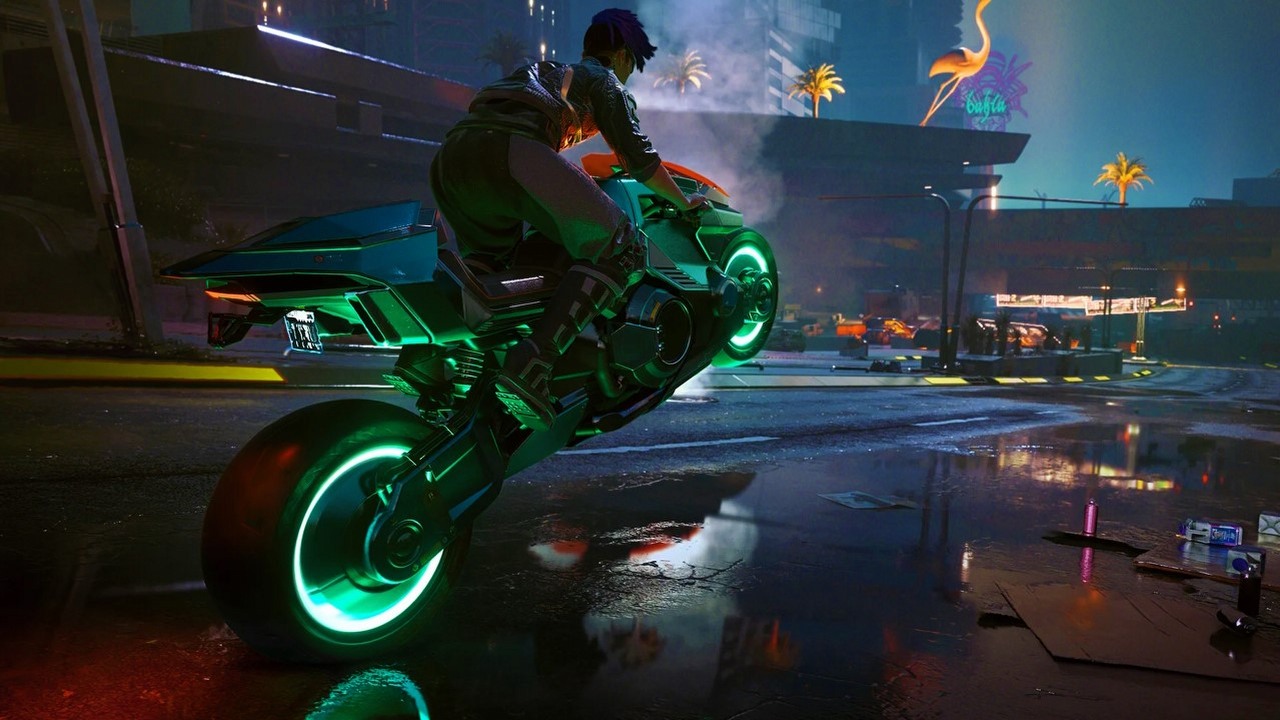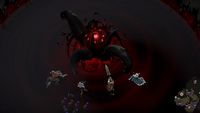Cyberpunk 2077 Impresses With Another RT Overdrive Show
With the upcoming release of the RT: Overdrive mode for Cyberpunk 2077, the developers at CD Projekt RED have released extensive material in which they present and discuss the technology.

In just a few days, owners of the PC version of Cyberpunk 2077 will be able to get to know Night City from a more beautiful side. All thanks to an upcoming update that will introduce ray tracing support to the game.
Thanks to RT: Overdrive - as this is the name of the graphic mode supporting this innovation - players equipped with powerful computers will feel a significant difference in visuals compared to the original version. But before Nvidia's advanced technology is made available to us, we can take another look at how it works in the official video.
The footage provided by CD Projekt RED not only includes an extensive presentation of RT: Overdrive, but was also accompanied by commentary from the studio's staff - Joao Pedro de Mello (senior player experience specialist), Cezary Belli (graphics programmer), Jakub Knapik (art director) and Giovanni de Francesco (senior technical lighting artist).
This, in turn, is how the specs of the PC used to make the video look like: AMD Ryzen 9 7900X 4.7 GHz 12-core processor, Nvidia GeForce RTX 4090 graphics card, 128 GB of RAM Kingston Fury DDR 5 (4 x 32 GB).
As you can see, the developers used some pretty good hardware. Nevertheless, for some time now it has been known that the RT: Overdrive mode in Cyberpunk 2077 would work only on the most powerful components.
Finally, let us remind you that an update introducing improved ray tracing to the PC version of the game will debut on April 11.
- Cyberpunk 2077 is still a gold mine for CD Projekt Red. It already beat The Witcher 3 and isn't slowing down
- 5 years after its release, Cyberpunk 2077 is making millions again. That's thanks to one risky decision
- Cyberpunk 2077 may get more new features. CD Projekt Red pointed out an important date that's coming up soon
0

Author: Kamil Kleszyk
At Gamepressure.com deals with various jobs. So you can expect from him both news about the farming simulator and a text about the impact of Johnny Depp's trial on the future of Pirates of the Caribbean. Introvert by vocation. Since childhood, he felt a closer connection to humanities than to exact sciences. When after years of learning came a time of stagnation, he preferred to call it his "search for a life purpose." In the end, he decided to fight for a better future, which led him to the place where he is today.
Latest News
- „A lot has become lost in translation.” Swen Vincke suggests that the scandal surrounding Divinity is a big misunderstanding
- Stuck in development limbo for years, ARK 2 is now planned for 2028
- Few people know about it, but it's an RPG mixing Dark Souls and NieR that has received excellent reviews on Steam, and its first DLC will be released soon
- AI „won't make The Witcher 5,” but CD Projekt Red doesn't despise it. Artificial intelligence isn't responsible for massive layoffs in the game industry
- This is expected to be the biggest year in the company's history. Blizzard prepares an offensive that will overshadow previous years


